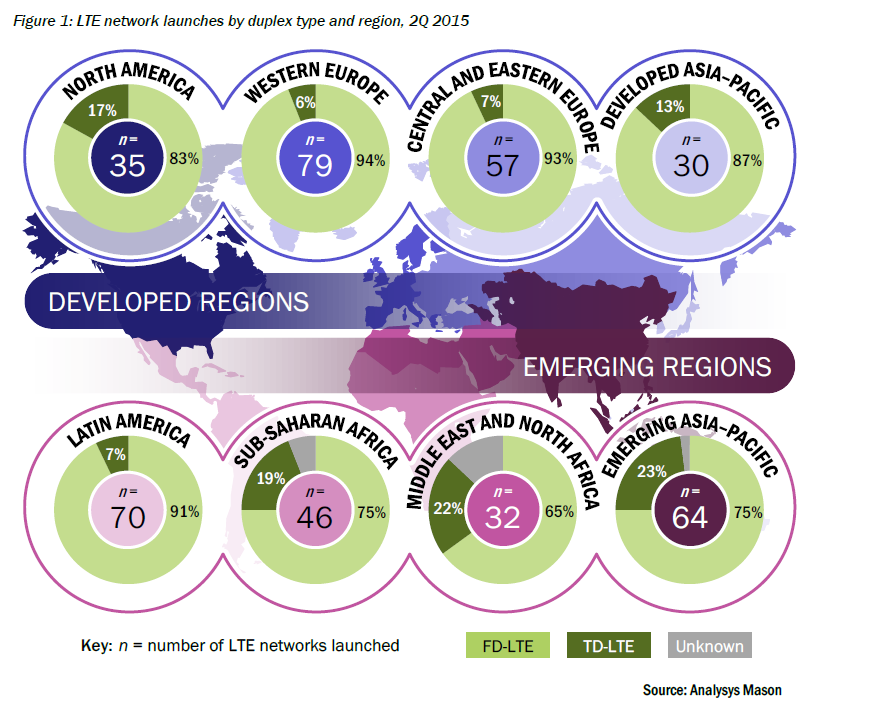The CEO of UK mobile network operator EE recently announced on
twitter that they have achieved 429 Mbps in live network. The following is from their
press release:
EE, the UK’s largest mobile network operator and part of the BT Group, has switched on the next generation of its 4G+ network and demonstrated live download speeds of 429Mbps in Cardiff city centre using Sony’s Xperia XZ Premium, which launched on Friday 2 June.
The state of the art network capability has been switched on in Cardiff and the Tech City area of London today. Birmingham, Manchester and Edinburgh city centres will have sites upgraded during 2017, and the capability will be built across central London. Peak speeds can be above 400Mbps with the right device, and customers connected to these sites should be able to consistently experience speeds above 50Mbps.
Sony’s Xperia XZ Premium is the UK’s first ‘Cat 16’ smartphone optimised for the EE network, and EE is the only mobile network upgrading its sites to be able to support the new device’s unique upload and download capabilities. All devices on the EE network will benefit from the additional capacity and technology that EE is building into its network.
...
The sites that are capable of delivering these maximum speeds are equipped with 30MHz of 1800MHz spectrum, and 35MHz of 2.6GHz spectrum. The 1800MHz carriers are delivered using 4x4 MIMO, which sends and receives four signals instead of just two, making the spectrum up to twice as efficient. The sites also broadcast 4G using 256QAM, or Quadrature Amplitude Modulation, which increases the efficiency of the spectrum.
Before proceeding further you may want to check out my posts '
Gigabit LTE?' and '
New LTE UE Categories (Downlink & Uplink) in Release-13'
If you read the press release carefully, EE are now using 65MHz of spectrum for 4G. I wanted to provide a calculation for whats possible in theory with this much bandwidth.
Going back to basics (detailed calculation for basics in slideshare below), in LTE/LTE-A, the maximum bandwidth possible is 20MHz. Any more bandwidth can be used with Carrier Aggregation. So as per the EE announcement, its 20 + 10 MHz in 1800 band and 20 + 15 MHz in 2600 band
So for
1800 MHz band:
50 resource blocks (RBs) per 10MHZ, 150 for 30MHz.
Each RB has 12x7x2=168 symbols per millisecond in case of normal modulation support cyclic prefix (CP).
For 150 RBs, 150 x 168 = 25200 symbols per ms or 25,200,000 symbols per second. This can also be written as 25.2 Msps (Mega symbols per second)
256 QAM means 8 bits per symbol. So the calculation changes to 25.2 x 8 = 201.6 Mbps. Using 4 x 4 MIMO, 201.6 x 4 = 806.4Mbps
Removing 25% overhead which is used for signalling, this gives 604.80 Mbps
Repeating the same exercise for 35MHz of
2600 MHz band, with 2x2 MIMO and 256 QAM:
175 x 168 = 29400 symbols per ms or 29,400,000 symbols per second. This can be written as 29.4 Msps
29.4 x 8 = 235.2 Mbps
Using 2x2 MIMO, 235.2 x 2 = 470.4 Mbps
Removing 25% overhead which is used for signalling, this gives 352.80 Mbps
The combined theoretical throughput for above is
957.60 Mbps
For those interested in revisiting the basic LTE calculations, here is an interesting document:
Further reading:




































